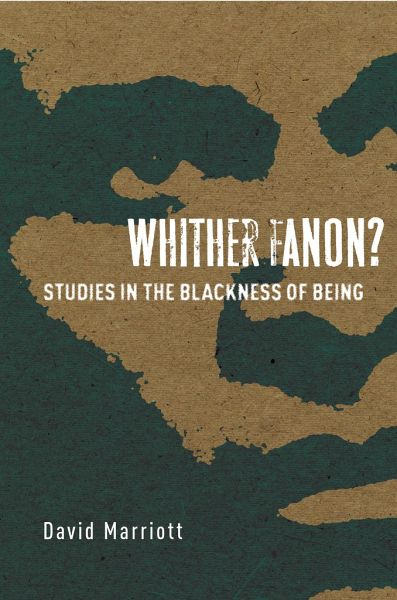
Whither Fanon?
Studies in the Blackness of Being

PAYBACK Punkte
18 °P sammeln!
David Marriott is Professor in the History of Consciousness Department at the University of California, Santa Cruz.

Studies in the Blackness of Being

Rechnungen
Bestellstatus
Retourenschein
Storno